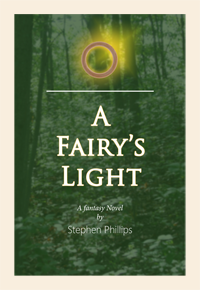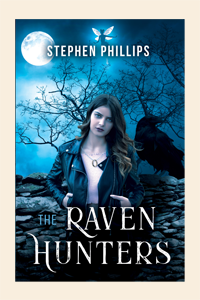Werewolves: Lifestyle or Family Pet

Report by: Roost Brenner
For centuries, the legends of werewolves have woven a tapestry of power, mystique, and both noble and horrifying tales. Each sighting brings with it a unique narrative, adding to the rich lore that surrounds these enigmatic creatures.
Yet, a new phenomenon has emerged, casting a different light on the age-old legend. While many have feared the possibility of succumbing to lycanthropy, resorting to charms and superstitions to ward off the transformation, some have willingly embraced the furry lifestyle.
In an unexpected turn, for a growing number of individuals, being a werewolf is more than a mythical affliction—it’s a choice. For some, it’s a form of enjoyment, a way to express their inner selves in a manner that defies societal norms. They revel in the transformative experience, finding liberation in the embrace of their wild side.
For others, the decision to adopt a furry persona is pragmatic, even economical. In a world where housing costs continue to rise, some individuals have chosen the path of the werewolf as a means to save on rent. By living in more remote areas or communal spaces where their unique lifestyle is accepted, they bypass the financial burdens that come with conventional living arrangements.
This growing community challenges our preconceived notions of the supernatural, blurring the lines between folklore and personal identity. It prompts us to reconsider what it means to belong, to express oneself, and to find solace in a world that often demands conformity.
As society continues to evolve, so too does our understanding of what it means to live authentically. The werewolf, once a creature of fear and fascination, has now become a canvas for self-discovery and self-expression. Whether a fetish, a family pet, or a chosen way of life, these individuals are rewriting the narrative, reshaping the story of the werewolf in a world that’s ever-changing.







Discussion ¬